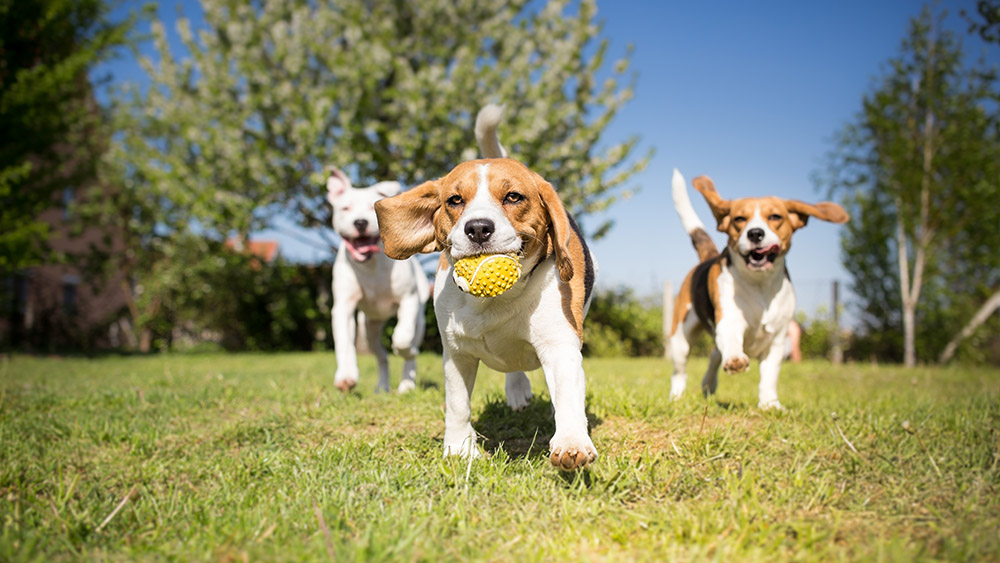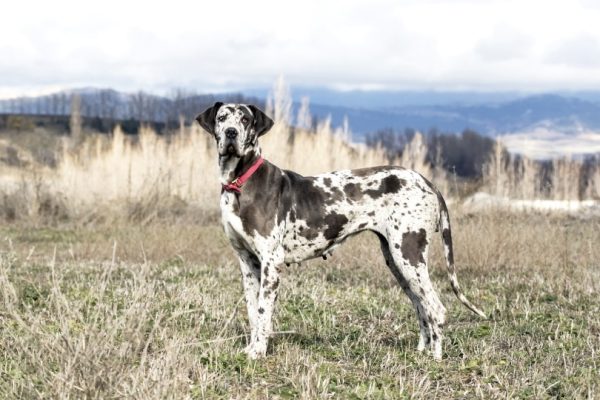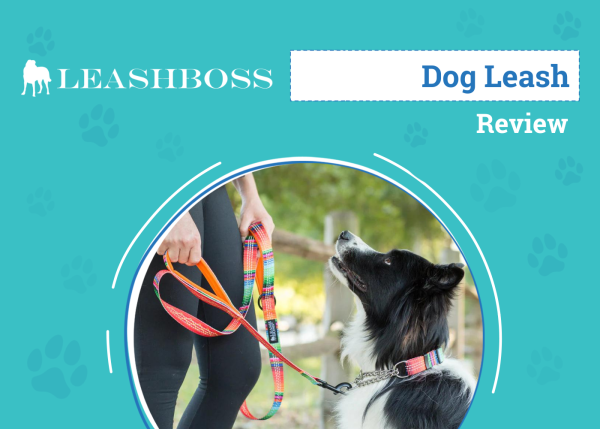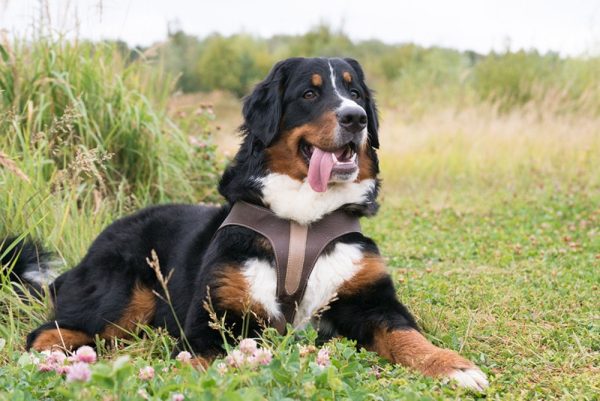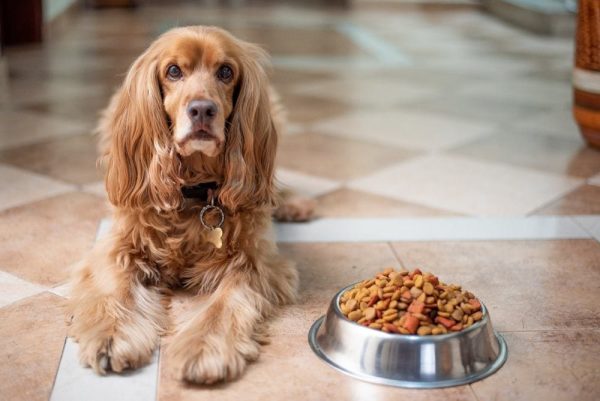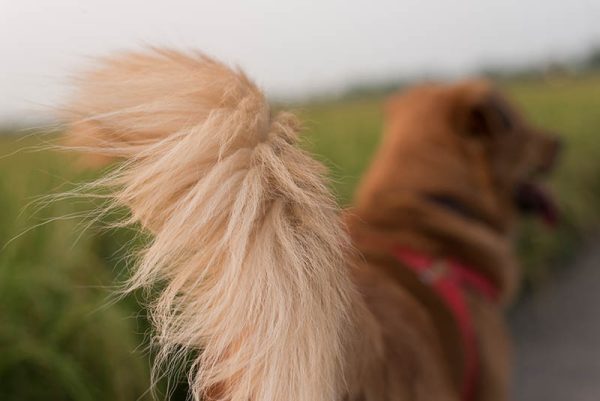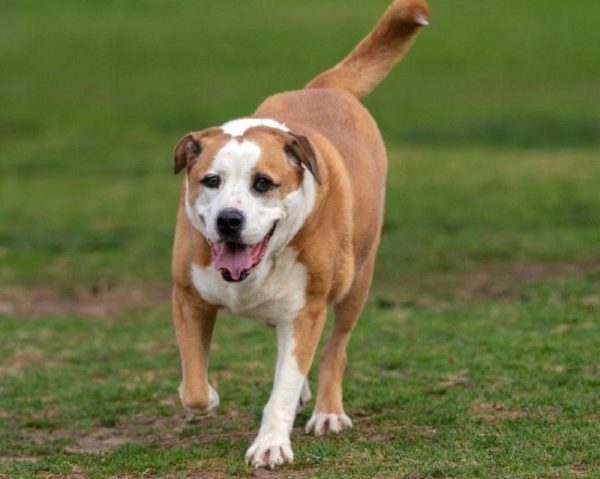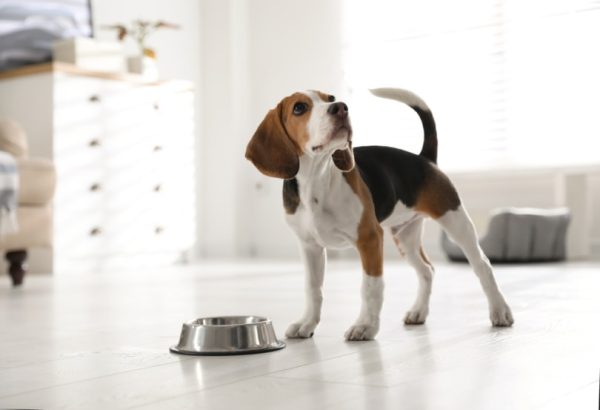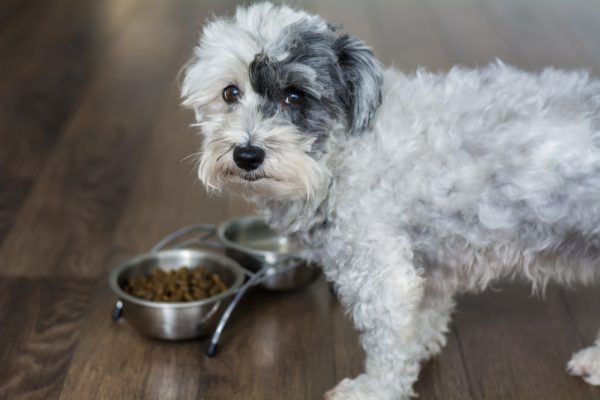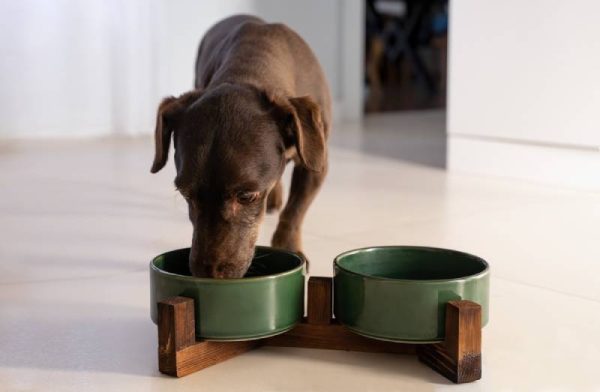Even an experienced dog parent knows how hard it can be to make doggy friends sometimes. While your dog may seem outgoing and friendly, it can be difficult to find an ideal canine companion for them. Luckily, you can take your dog to places where you will meet other loving and devoted pet parents and introduce your dogs. Finding new friends doesn’t only include exposing yourself to certain areas but also socializing your dog so that they safe and are safe to be around.
If you’d like to learn more about finding new friends for your dog, read the article below.

The 6 Ways to Find New Friends for Your Dog
1. Socialize Your Pup
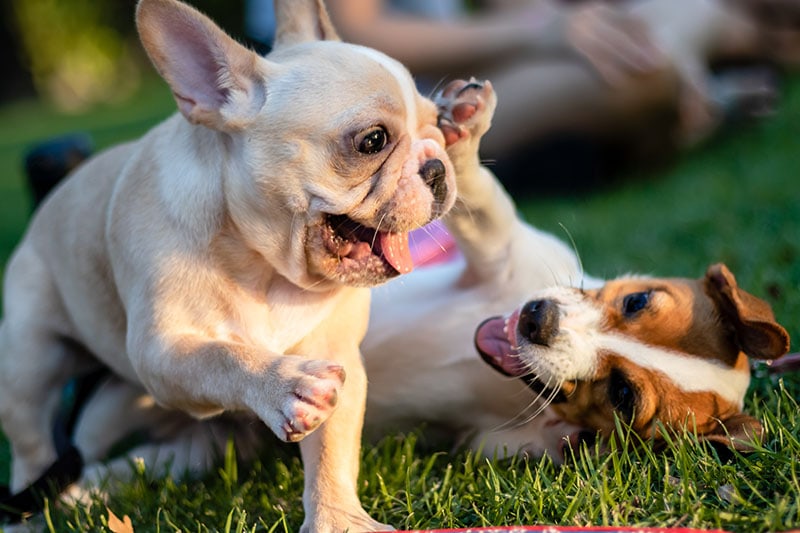
The first and most crucial step in raising a friendly and outgoing dog is socializing them from an early age. Your dog has the biggest learning capacity between 3 and 20 weeks old. During this period, your puppy can fearlessly discover new sensations and situations, such as exposure to other dogs without developing anxiety. If your puppy misses out on this during the earlier stages of life, they may develop an irrational fear of strange things later in life.
There are several ways of socializing your puppy that don’t only include other animals but humans as well. These practices will help your puppy make plenty of friends in the future.
- Surround yourself with people that you trust and let them pet your puppy, play with them, and gently stroke their muzzle, paws, and ears.
- Introduce your puppy to new people daily. Ensure the situation is not threatening for the puppy and that they feel entirely safe and comfortable interacting.
- Once your puppy is safe to be around other dogs, expose them to frequent dog walks, dog parks, and playgroups.
- Don’t punish the dog’s fear and instead remove them from a threatening situation.
2. Take Your Dog to the Dog Park or Beach
Once you are sure your dog is well-behaved and socialized, you can take them to dog parks and beaches. These places are excellent for meeting new friends for both you and your dog. Remember to be outgoing and in a pleasant mood, as this can drastically affect your dog’s spirit. Remember that if your dog is fearful and anxious, never forcefully take them to the park to socialize. This would overly expose them to fear and can only cause them to develop more anxiety or even become aggressive in trying to defend themselves.
As the dog parent, you need to be prepared to interrupt any negative behavior and be on the constant lookout for any signs of danger.
- Be prepared to interrupt playtime that goes too far and becomes aggressive
- Remove your dog from a situation when it feels unsafe or uncomfortable
- Don’t let your dog bully or be bullied by other dogs
- Encourage your dog to do tricks such as “rollover” or “shake hands” to encourage a playful yet controlled environment
3. Practice Going to Dog-Friendly Cafes
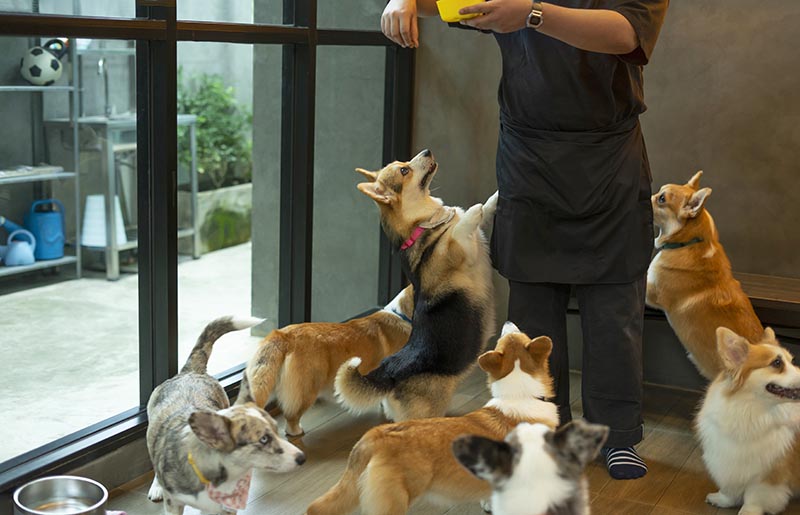
Another excellent way to meet other dog parents and their lovely pets is to go to any dog-friendly cafe. This can be an excellent opportunity for you to catch up on work or chores while your dog gets to play and socialize with other puppies at the cafe. Make sure to bring some treats to reward positive behavior and let them know it is okay to socialize. This is especially great if the cafe has a secluded patio area where you could let your dog be off the leash—as long as they are well-behaved and won’t bother other people in the cafe.
If your dog happens to hit it off with other dogs and finds a companion they love, you can go an extra step and introduce yourself to that dog parent. This can be valuable in the future as you can schedule play dates and meetups.
4. Connect With Friends and Neighbors That Own Dogs
Once you are confident your dog has the skills to behave well around other dogs, it is time to introduce it to new friends. If you are a new dog parent and are desperately searching for new friends for your dog, it would be an excellent idea to connect with other dog parents who are your family members or close friends. These first-time meetings should be at a park or a location near your home, so you will avoid each dog from being protective of its territory, and they will meet on neutral grounds.
Enjoy quality time with your friends or family while closely watching over the dogs. You must be prepared to jump in at any moment if the situation demands it.
5. Attend Dog Shows and Events
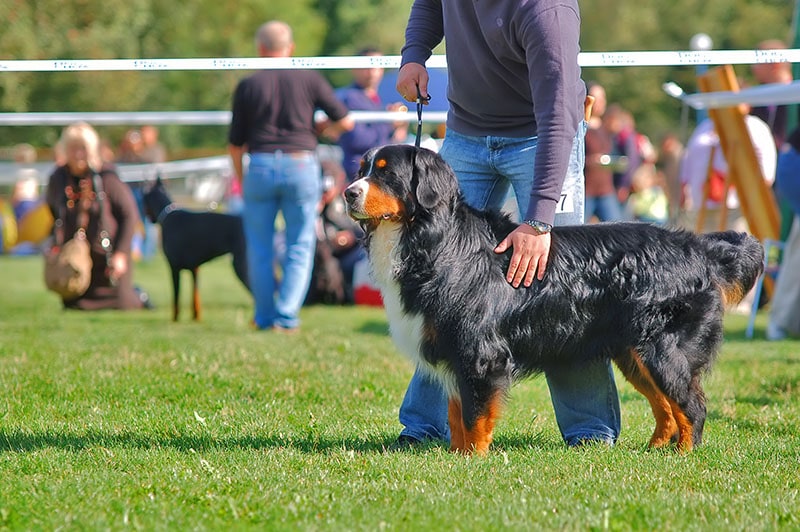
One of the best ways to introduce many possible candidates to be your dog’s friends is to visit dog shows and dog events in your town. These events usually host well-behaved, socialized dogs so that you can find a match for your dog. Since most of your local dog parents will rush to visit any organized dog event, there will be many possibilities for your dog to make friends, especially if they are outgoing. After finding a few dogs and dog parents you like, you can exchange information and continue meeting up.
6. Take Your Dog to Doggy Daycare
If you still don’t have luck finding new doggy friends on your own, it may be time to search for a helping hand. Chances are there is a local daycare in your town, and this can be a perfect opportunity for you to finish some chores while your dog hangs out in a professional setting, surrounded by other dogs. Most daycares will even provide you with a progress report at the end of the day, which can give you an insight into how your dog behaves in unfamiliar settings when you’re not around. You can also find out if there are any particular dogs your puppy has grown to like and connect with the dog’s parents so you can organize meetups in the future.

Signs Your Dog Is Nervous or Anxious Around Other Dogs
Social anxiety in dog parents and dogs is a severe problem that can severely affect the quality of life for both parties. As we’ve mentioned, socializing your puppy early is one way to teach your puppy how to behave around other dogs. If this condition keeps occurring even when your dog is older, there are ways you can work on it, but noticing the signs is the first and most important step. Some signs of stress in your dog include:
- Trembling
- Tucked in tail
- Hiding behind you
- Whining
- Barking
- Growling
- Biting
- Panting
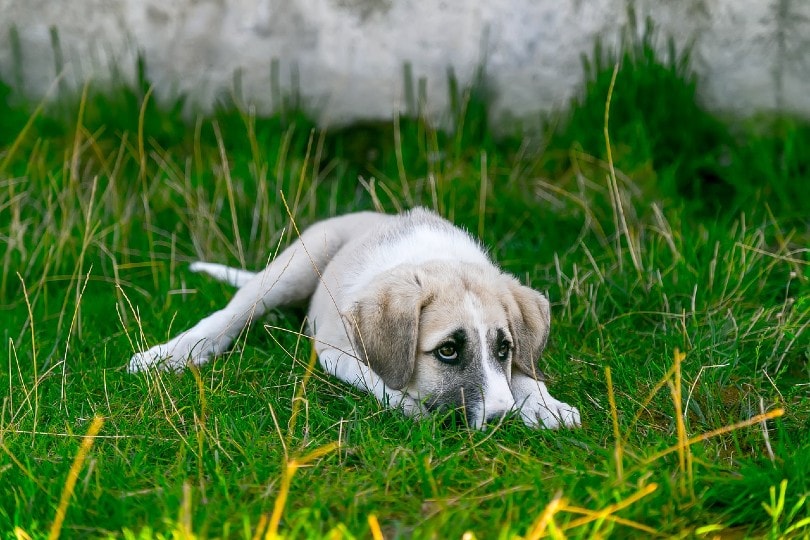
How to Help Your Dog With Social Anxiety
When your dog is anxious in social situations, staying calm is the most important thing you can do. Dogs can sense your feelings and sometimes even mirror them, so your fear can easily be transferred to your dog. Certain dogs become aggressive toward a nearby stimulus if they sense their owner is anxious.
Once you notice signs of stress or anxiety in your dog in stressful situations, one of the best ways to cope is to ignore their concern and focus their attention on something else. This training method is called counterconditioning—replacing an anxious or aggressive feeling with a more desirable one, such as performing tricks.
Trying to comfort your dog while they are nervous or talking to them in baby talk can only reinforce negative feelings. It would be best only to praise your dog or reward them with a treat when they are calm around other dogs. A veterinarian can give you some great tips on how to comfort your dog.
If you need to speak with a vet but can't get to one, head over to PangoVet. It's an online service where you can talk to a vet online and get the personalized advice you need for your pet — all at an affordable price!


Final Thoughts
After reading about ways to make your dog interact in a healthy and controlled playtime with other dogs, you will surely notice a vast difference in how they make future friends. Try out all our advice from this list and notice how your dog becomes outgoing, fearless, and friendly with other pups. Reducing social anxiety is most important when meeting new doggy friends so that you can make both parties feel safe and comfortable with each other.
See Also:
Featured Image Credit: Lunja, Shutterstock
